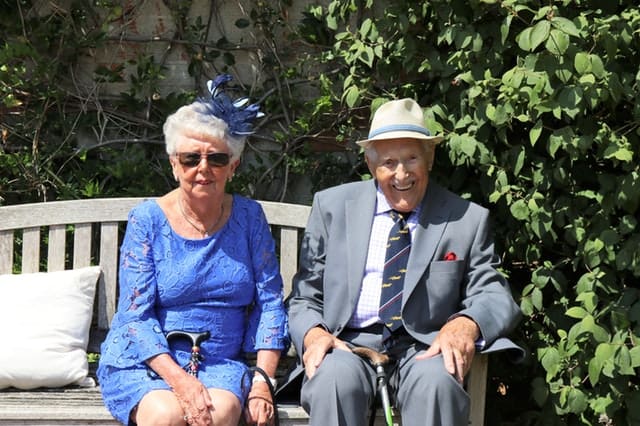5 Wheel Chair Friendly Adjustments for Your House
Sometimes, there comes a point where an elderly person loses their ability to walk and begins to require the assistance of a wheelchair. Transitioning into a wheelchair is not always easy because most homes are designed for people who are able to move around on their feet. Some homes, inadvertently of course, are designed in an extremely wheelchair unfriendly manner. For instance, homes with multiple floors and numerous stairs become difficult for people who can no longer walk. Making your home wheelchair friendly is a necessity when you have an elderly person who still maintains their independence despite their new state.
In the US, as many as 3.3 out of every 1000 people use wheelchairs. With this number, an estimated 3.3% experience a wheel chair related accident. In a span of a little over 10 years, from 1973 to 1987, around 596 people experienced falls from their wheelchairs. The mortality rates, as recorded in the same study, showed that 11% were caused by environmental factors like stairs. Given these numbers, you may be asking what are some things you can do to help out your elderly loved ones?
1. Build a Ramp Leading into Your Home
A ramp for entering and exiting the house is a good addition, which can help an elderly person get in and out on their own accord. Even if there are caregivers around who will be pushing the wheelchair, it is still a benefit. Also, ramps can be used for more than just going in and out of the house; they can be used for the bathroom, garage, or other places where there are a few steps.
2. Know His or Her Activities
Does he or she like to roam around the house? If this is the case then you need to remove any clutter and make pathways accessible for the width of the wheelchair. Having a wheel snag and the wheelchair topple over is not a situation you want to be in. For an elderly person, there are typically areas in the house that they no longer visit so knowing their activities can help pinpoint the things you have to adjust. This will also give you an idea how much it will cost.
For instance, the attic, the basement, and those that require going up and down the stairs are some parts that you do not have to worry about. Once you’ve determined the living spaces that are important for the individual, you’ll have an idea if you need to invest in some renovation.
3. Invest in rails
Rails on the bathroom walls and in many parts of the house increase safety and comfort for your elderly loved ones. With a grab bar, they will be able to easily use the toilet seat without risk of falling. Considering the bathroom is oftentimes slick with water, the bathroom tends to be the most problematic area of the house. Make sure there are bars to grab onto in the shower and a seat to sit on while bathing. Also, changing the flooring to anti slip tiles might be a good call.
4. Make Things Reachable
People in wheelchairs tend to get frustrated when they can’t reach things that are too high or too low. This can lead to an avoidable accident as they try to get off their wheelchair to reach for something. As a solution, it is possible to adjust most of things to the reach of the person in the wheelchair. Also, it is a good idea to have an extendable stick or folding helping hand that will allow the user additional reach to grab things.
In the kitchen for instance, counter tops are typically waist level. This can be frustrating for someone who has a wheelchair. Why stop grandma from cooking her best meals when she is still capable of everything except for the counter-height requirement? Adjustments such as having a separate table for chopping and placing utensils in reachable areas can be a great idea. For the fridge, keep a shelf with items that are mostly needed by the elderly person. Better yet, why not invest in a small fridge for her.
5. Attach a basket on the wheel chair
To minimize the strain placed on the person who is wheelchair bound, it is also a good idea to attach a basket on the wheelchair. This can help them have some necessities on them at all times. For instance, you can place their favorite book, a TV remote, or magazines in the easily accessible basket so they can be occupied anywhere they go.
There are a lot of adjustments that you can make on your home; these are just a few ideas to get you started. Taking care of a person in a wheel chair can be quite challenging, but these ideas will make things easier for both you and the one in the wheelchair. If you need more information regarding home adjustments we can help with some suggestions. We can provide you with information on the newest home adaptations for an elderly individual needing the aid of a wheelchair.








